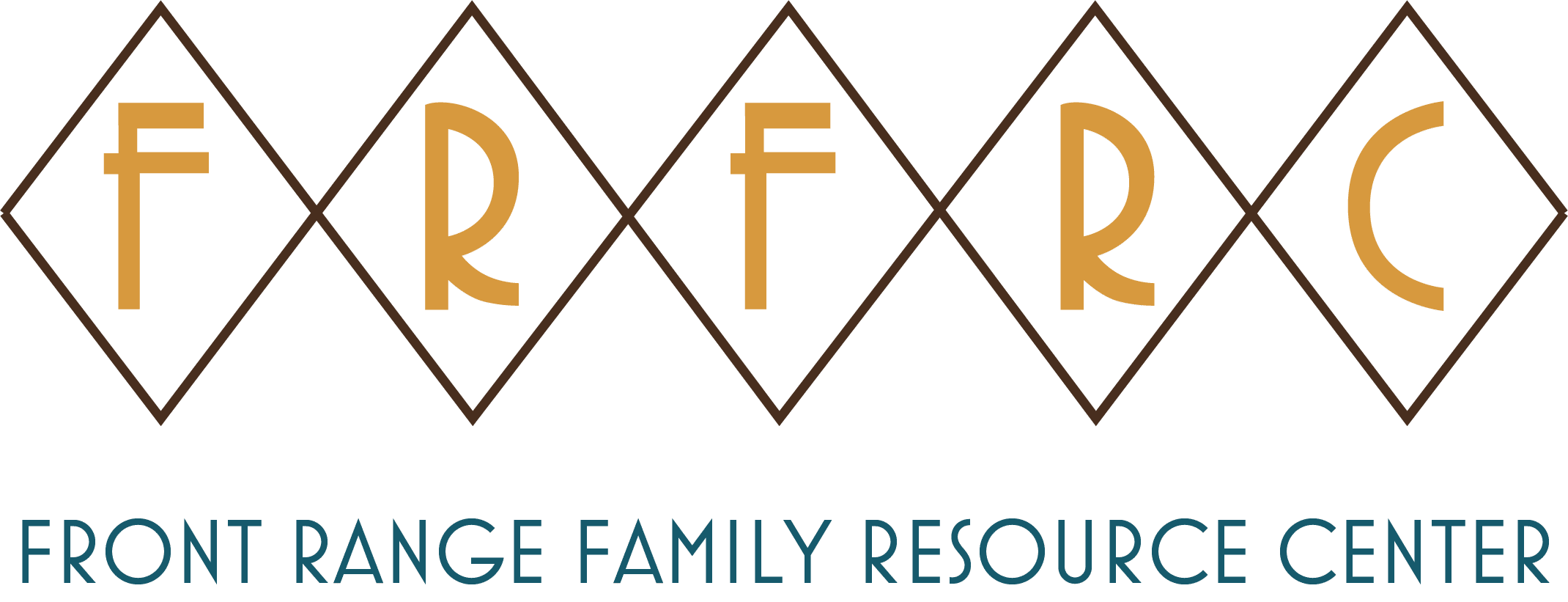When Talking Isn’t Enough
We know you’ve tried explaining the panic. You’ve told your story in therapy. You’ve named the trauma—but something still feels stuck. Your body stays alert, tense, or disconnected, even when your mind says, “You’re safe now.”
This is where somatic therapy for trauma comes in.
At Front Range FRC in Wheat Ridge, CO, we help trauma survivors reconnect with their bodies—not to relive the pain, but to finally release it. Somatic therapy is where words end and deep healing begins.
The Refusal: “I’m Fine. It’s All in My Head.”
For many trauma survivors, especially veterans, there’s a strong belief that emotions should be controlled or suppressed. You may have even learned to override your body’s signals altogether.
But trauma isn’t just stored in your memory. It’s stored in your nervous system—in the shoulders that won’t relax, the shallow breath, the pounding heart, or the emotional numbness you can’t shake.
The first step is recognizing that the issue isn’t just in your thoughts—it’s in your felt experience.
What Is Somatic Therapy for Trauma?
“Somatic” comes from the Greek word soma, meaning “the body.”
Somatic therapy for trauma works by helping you tune into physical sensations and body-based responses. It’s a way of listening to your body’s story, not just retelling what happened.
Common somatic practices include:
- Grounding techniques
- Breathwork
- Tension and trauma release exercises (TRE)
- Movement therapy
- Guided body scans
- Gentle touch or movement repatterning
These techniques gently support the body in processing trauma that talking alone can’t reach.
Why It Works
Traditional talk therapy is essential. But trauma doesn’t live only in the mind. It lives in the body.
Somatic therapy works because:
- It helps regulate the nervous system
- It gently reconnects you to your emotions
- It reduces dissociation and hypervigilance
- It allows for safe release of stored trauma energy
- It builds capacity for presence, joy, and connection
Think of it as walking through the threshold—moving from survival mode into a deeper, embodied sense of safety.
What Somatic Therapy Looks Like at Front Range FRC
We integrate somatic therapy for trauma with other evidence-based practices to support your unique healing path. You won’t be forced to talk about things you’re not ready for. Instead, you’ll be guided to feel what needs attention—at your own pace.
Our trauma-informed therapists offer:
- Safe, attuned presence
- Body awareness exercises
- Practices that work alongside EMDR, CBT, or medication
- A personalized plan that supports your nervous system
The Return to Self
Over time, clients begin to notice they’re no longer reacting to life—they’re responding. They feel grounded instead of triggered. Connected instead of frozen. This is the power of somatic therapy. It doesn’t erase your past. It frees your future.
Somatic therapy for trauma isn’t about fixing you. It’s about helping you remember: you were never broken.
Contact us now to see how we can help you with your mental health needs.
This week’s resource comes from a pioneer in somatic therapy, Besel van der Kolk. His seminal book, The body keeps the score, is a piece of literauter all therapists and trauma surviers should know.
